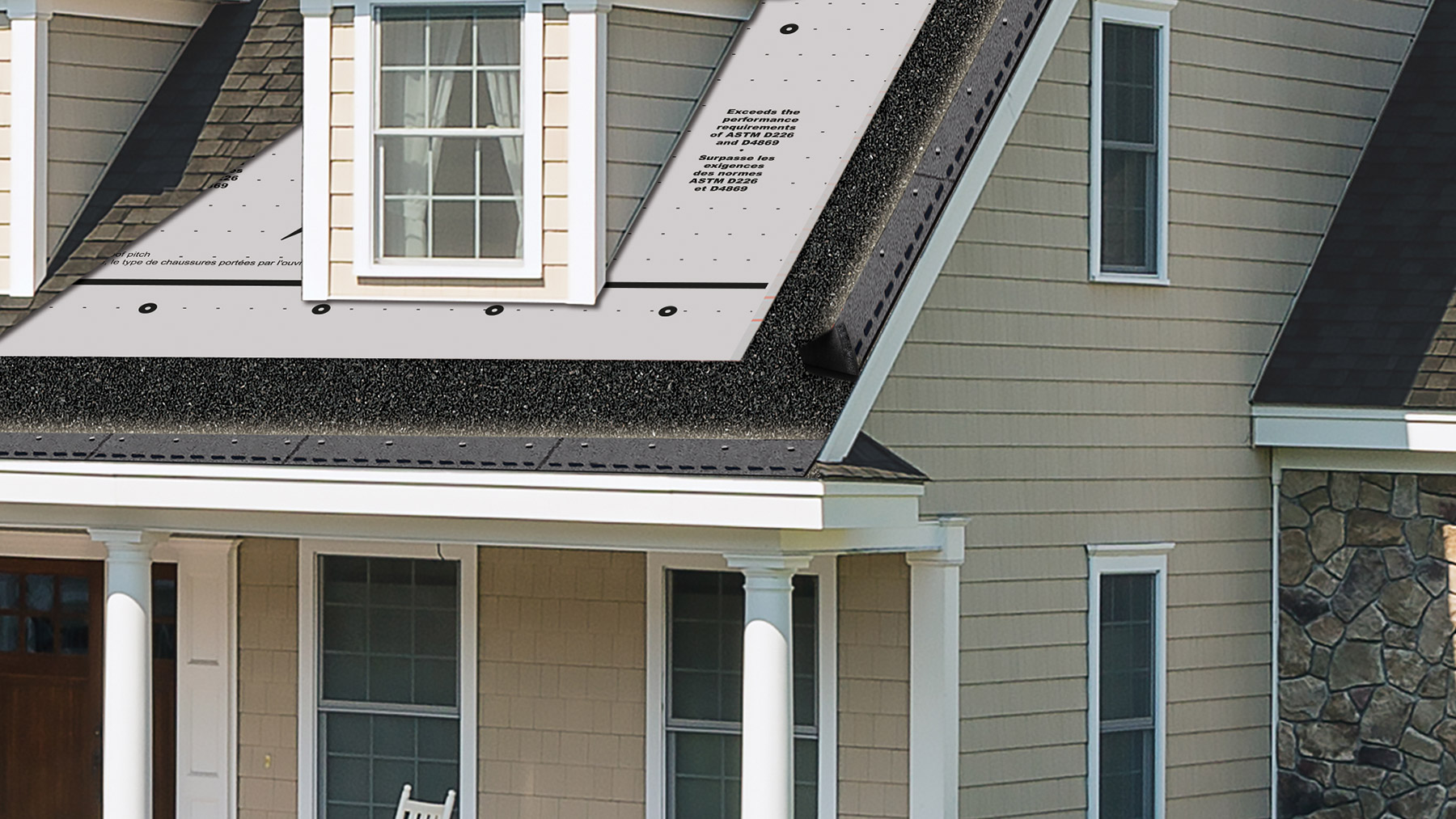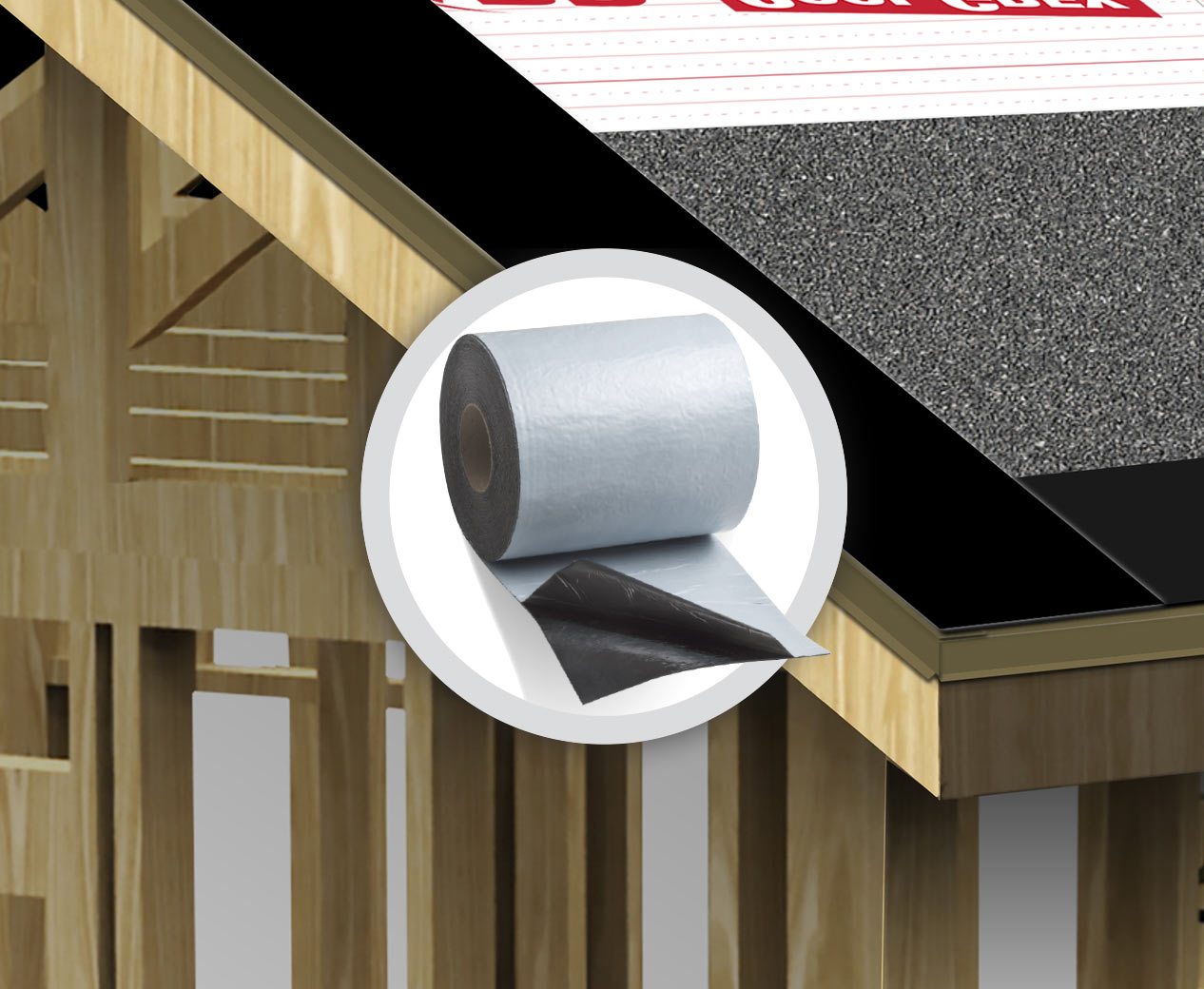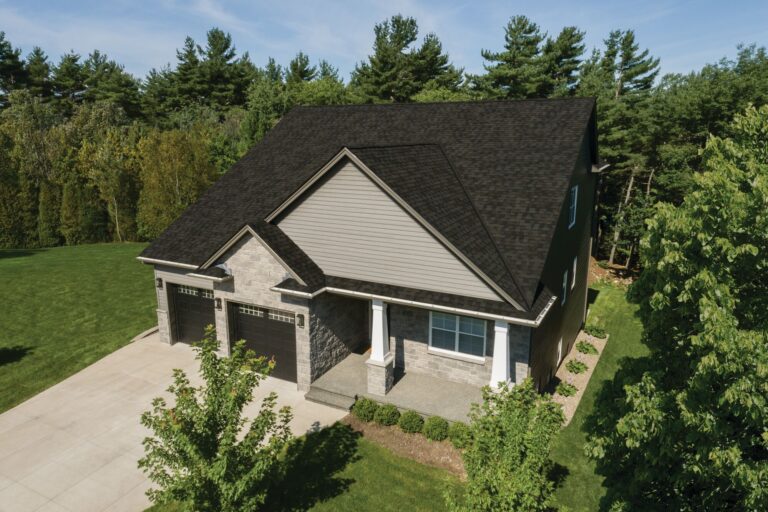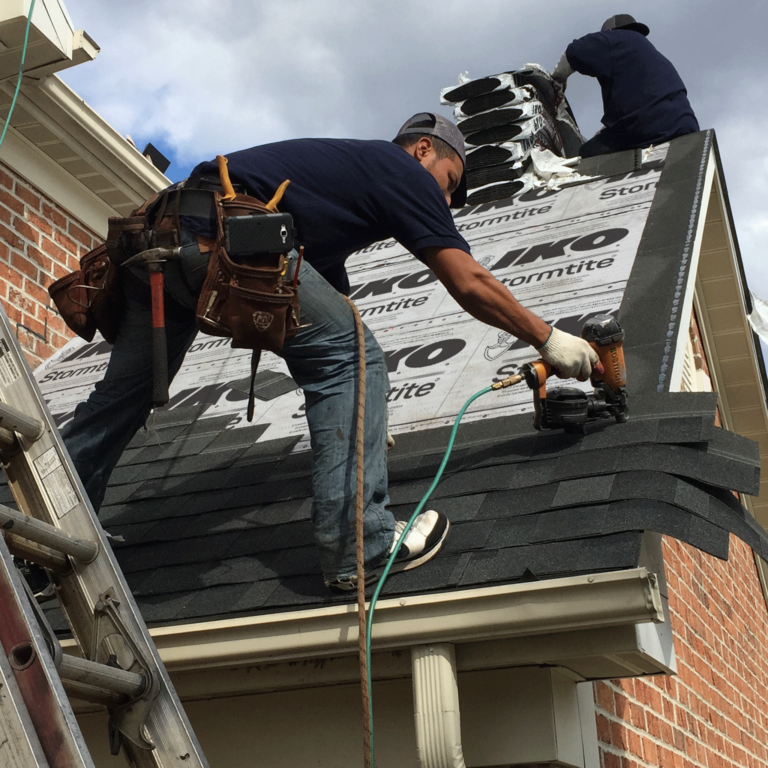What is the Purpose of a Starter Shingle?
I’m not just trying to put a shingle on a roof, I’m trying to bring out the best that I can for that homeowner. We all felt that it was worthy to introduce IKO to our market, and it’s just been a phenomenal product to work with. My name is Dale Faulkenberry, and I’m the owner of Integrity Roofing and Contracting.
Integrity Roofing and Contracting has been around since 2006. Most of our work is located in the Mobile and Baldwin County areas, that consists of both new construction residential and removal and replacement residential. Our big concern is how we work within the weather and that may be violent thunderstorms, hurricanes and, even, potentially now, tornados. As we have evolved through new roofing codes and standards, it’s been imperative that new products have been brought to the market. One being the GoldSeam deck tape. It allows us to tape the seams and joints of the decking, and this deck tape also allows us to bring it to the edge of the eave of the deck, providing waterproofing at that level.
Another product is self-adhering EdgeSeal. It allows us to offer intervention for wind-lift, which is the most vulnerable part of the roof. It adheres to both top and bottom, so it adheres nicely to the roof deck, and we really like that feature. Now that we are in a world of weatherproofing roofs, we have got to offer a homeowner a complete waterproof roof and, also, one that is going to be able to withstand extreme wind-loads on roof. With products offered by IKO, we can now arrive at that with no problem.
As a female roofing contractor, I am all about detail and the IKO Dynasty is not only an upgrade, but it offers something a little different that homeowners like.
Disclaimer: Please use caution when working on sloped roofs. If you have any concerns or are not trained to work at heights, hire a trained professional.
TABLE OF CONTENTS:
- What is the Purpose of a Starter Shingle?
- Where do they go?
- Where do the nails go?
- Do they have sealant?
- Do Starter Shingles Need to be Sealed?
- Length and coverage considerations
- Do You Need a Starter Course with Architectural Shingles?
- Why Do Some Shingles Need Unique Shingle Starters?
- The Importance of Starter Strips
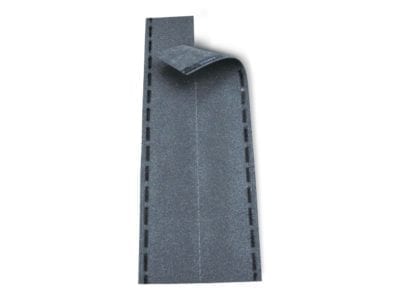
Every roof has to start somewhere, and that somewhere is at the appropriately named starter shingle (also called starter strip). Starter shingles are the initial shingle products installed on the roof, just before the first course of the finish shingles, which will comprise the visible parts of the roof.
Since the starter shingles will be covered by the roof shingles, it doesn’t matter what color they are, (except in special situations — see below). Consequently, starter shingles are generally covered with natural, darker, uncolored roofing granules. And they’re usually a generic rectangular shingle shape, so they can be compatible for use with any overlying shingle style. Otherwise, they are essentially made the same as any other fiberglass-reinforced, asphalt shingle.
IKO’s starter shingle product, Leading Edge Plus, offers the latest evolution in roof starter strips. Professional contractors who make the smart decision to use them will find they save time, are easy to install and are consistently sized. Each Leading Edge Plus starter strip “shingle” is perforated right down the middle so that you get two starter strips out of each roof shingle.
Now that we’ve described what starter shingles are, let’s answer a few of the common questions about their installation and purpose.
- Where do they go?
- Where do the nails go?
- Isn’t it just an upside-down shingle?
- Do they have sealant?
- Length and coverage considerations.
- Special situations.
Where do they go?
Historically, starter strip shingles have been used not only at the lower eave edge of the roof, but experienced professionals also use them at the gable, or rake edges of roofs. At the eave, the starters provide a simple way to “cover” the joints between the finish shingles in the first course, ensuring complete water-shedding roof coverage. As well, starter shingles have a sealant strip, and, when positioned correctly, the sealant strip will be on the top surface and at the lowest edge of the roof.
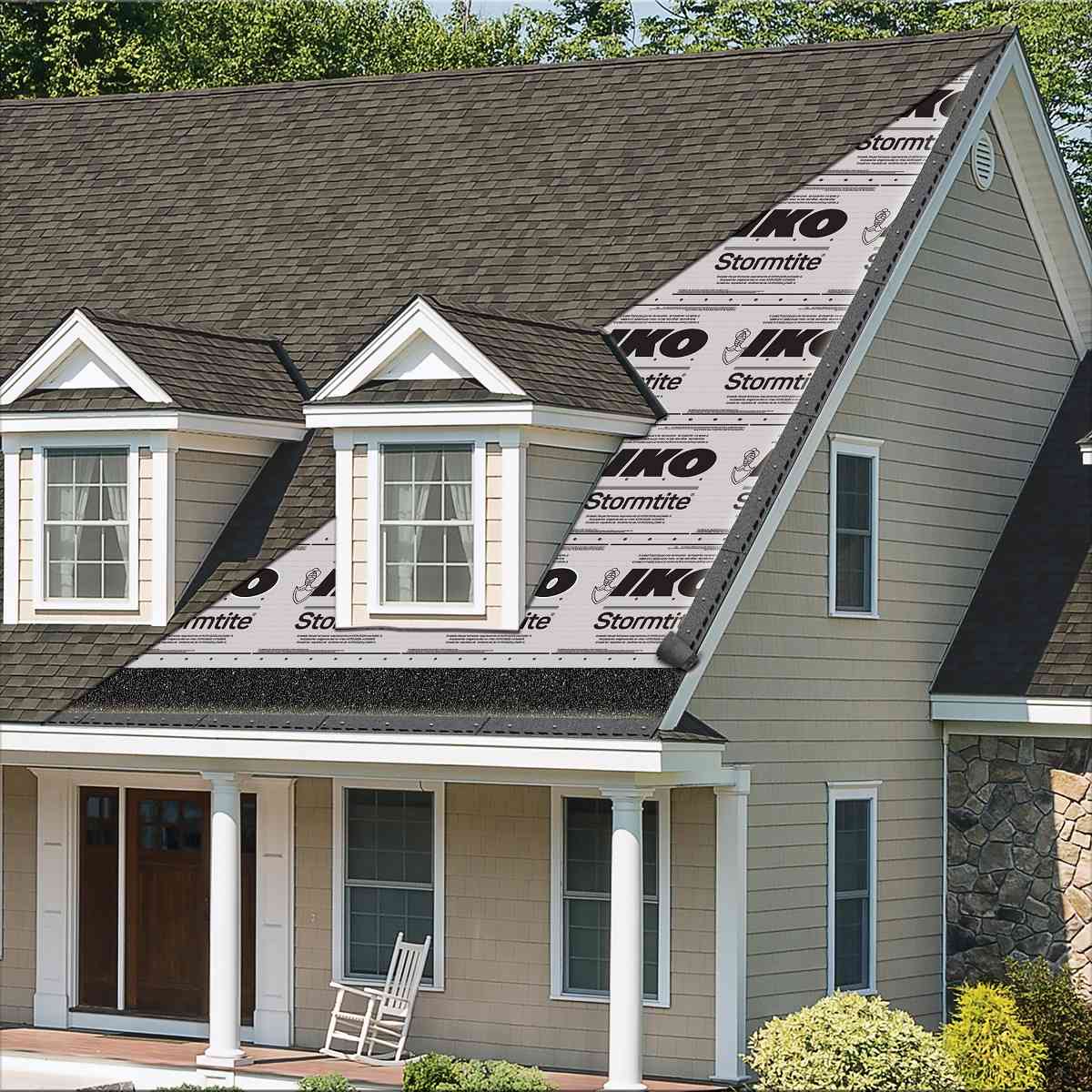
At the roof’s rake edges, the starter doesn’t necessarily perform that joint-covering function it performs at the eave, but it is integral in the roof’s overall wind resistance. At the rake, the sealant strip will be positioned at the outer roof edge and once warmed by the sun, it will help seal the rake ends of all the finish roof shingles. A simpler and very useful purpose for using starter shingles along the rake edge is that it gives the installer a nice straight line to use as a guide when ending each course of the field shingles. So, when observers look up at the roof gable ends, they’ll see an aesthetically pleasing uniform line rather than ragged and uneven shingle ends.
Whether installed at the eave or the rake, the starter shingles should overhang the edge of the roof by ¼ inch to ¾ inch. Typically, the finish shingles are then installed to align with the edge of the starters.
Where do the nails go?
With traditional three-tab shingles, nail location is pretty straightforward — most often defined as “above each cutout, just below the sealant.” With conventional laminated shingles, there is also usually a clearly defined nail line/location. Starter strip shingles, however, do not typically have a well-defined nail location. Although the nails cannot merely be placed randomly, their location on the shingle is less critical than it is for the shingles in the field of the roof. For IKO’s Leading Edge Plus starter shingles, the application instructions call for four nails, one at each end, about an inch from the end of the shingle, and two more spaced equally along the shingle’s length. To ensure the nails don’t risk being exposed or interfere with the shingle sealant system, they should be located about 3 to 4 inches from the exterior edge of the shingle.
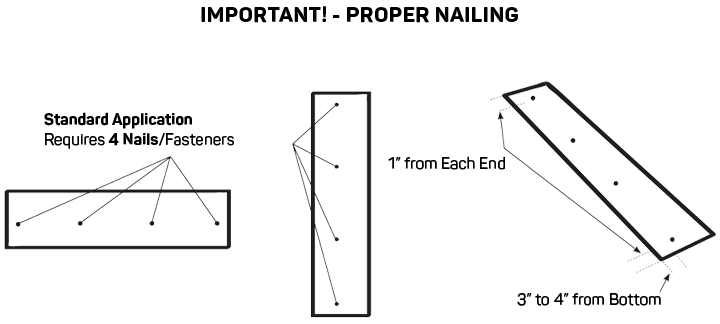
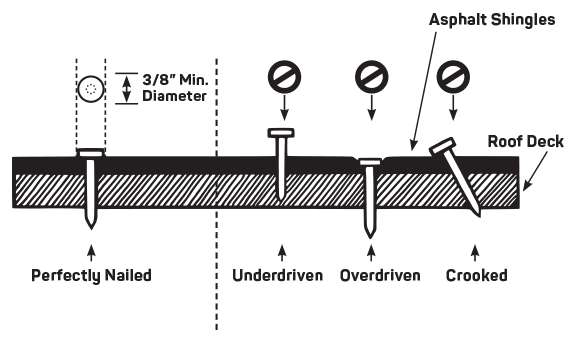
Isn’t it just an upside-down shingle?
One of your friends, who perhaps helped shingle his uncle’s cottage once, may have told you that the starter shingle is simply a three-tab shingle installed “upside down,” with the tabs facing up the roof. Well, there’s another thing your friend misinformed you about.

In the day when three-tab shingles dominated the asphalt roofing market, this orientation of using three tabs as starters was occasionally used. And while this shortcut did protect the roof deck at shingle joints and cutouts, it unfortunately left that first course of shingles unsealed and vulnerable to wind uplift. The sealant on an upside-down three-tab shingle ends up far too high up the roof to effectively seal the first course of the finished shingles. The proper way to adapt three tabs as starters is to trim the tabs off the shingle along a line across the tops of the cutouts. This yields a strip with the sealant at the bottom — the location where it can be useful (read on to find out how). This labor-intensive trimming step is eliminated with the use of modern, premanufactured starter shingles, such as IKO’s Leading Edge Plus.
Do they have sealant?

Yes, they do. As discussed above, a critical requirement for starter shingles is that they DO have sealant, down at the shingle’s lower edge (or outer edge at the rake). At this location, the sealant is very useful: At the eave, it seals the bottom edge of the first course of shingles, and, at the rake, it helps seal the shingle ends in each course, mitigating wind uplift. Leading Edge Plus starter shingles have a strip of IKO’s aggressive FastLock sealant on each shingle piece to help overall roof system performance.
Do Starter Shingles Need to be Sealed?
Starter strips have a sealant, but they will be less likely to lift in strong winds if you can also seal them to the other parts of the roof’s edge. You will typically also have drip-edge and ice and water membrane as well as the first course of shingles on the edge of your roof. You can use IKO’s EdgeSeal® starter roll to seal these components together and significantly increase wind resistance. EdgeSeal® is a double-sided membrane that rolls on quickly, like tape. It will help prevent wind uplift and blow-off.
Length and coverage considerations.
When you buy a bundle of shingles for your roof, typically you look at the coverage as a function of area (for example, three bundles might cover 100 square feet). Starter shingles are not sold by area covered. Rather, the useful dimension here is a linear measurement, i.e., how many linear feet (or meters) can you get from one bundle. When you measure your roof, you’ll need to know the total length of all the eave and rake edges. Compare that number to the linear coverage of the starter strip you plan to use, and you can determine how many bundles of starters you’ll need to get. IKO’s Leading Edge Plus is efficiently designed and packaged in such a way that each shingle separates lengthwise into two starter strips. So, a bundle of 18 shingles yields a generous 123 linear feet of coverage per bundle (118.1 linear feet for product available in the Northwest).

Regarding length considerations, it is important that the joints of the starter strip shingle are not coincidental with the joints in the overlying finished roof shingles. If the starter shingles and the finished shingles are the same length, and you correctly begin laying the starters at the eave with about 20 inches removed from the first strip, then joints in both courses will never align. However, if the length dimension of the finished shingle is different from the starter, they may eventually align, depending on how long the eave is. In this case, just monitor the situation, and, if necessary, at a certain point along the eave edge, trim a portion off a starter and continue.
Do You Need a Starter Course with Architectural Shingles?
You do need to use a starter course with architectural shingles. The starter edge will help seal the edges and cover your shingle joints. As it won’t be visible on the finished roof, you don’t need to worry about the look of your starter strip and whether it matches your architectural shingles. You can instead use the same starter strip that you’d use for 3-tab shingles.
However, your specific shingle may call for a specific kind of starter shingle, both for performance and aesthetic reasons. For example, if you’ve chosen IKO’s Armourshake™ shingles, you should use IKO Armour Starter™ along with either IKO’s EdgeSeal® starter roll or our standard Leading Edge Plus™ starter.
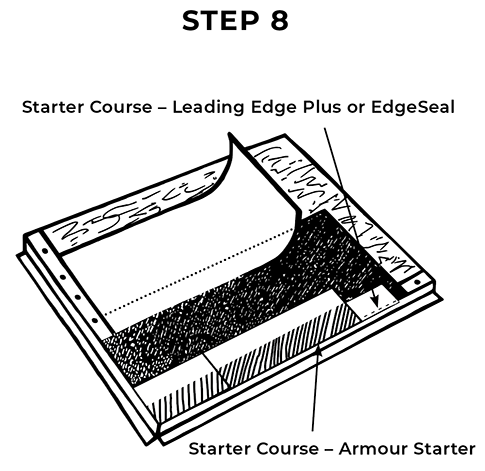
Using the correct starter will ensure your shingles perform as you expect them to, so be sure to look at the application instructions on your shingles to find out which starter strip they need.
Why Do Some Shingles Need Unique Shingle Starters?
Normally, the finished shingles cover the starters entirely, so, as mentioned above, the color of starters is completely irrelevant. However, certain shingle designs, such as IKO’s Armourshake, have intermittent lower exposed tabs. When roofers install those shingles at the eave on the first course, the starter is visible, and, therefore, its color is relevant. In this case, an additional starter shingle course, in matching colors to the finished shingle, is required as a secondary starter layer.
There are also performance reasons to use Armourshake™ with certain architectural shingles. It adds a second layer to the lowest shingles so that the entire roof now has two shingle layers. This coverage ensures better performance.
The Importance of Starter Strips
Starter strips are an important and integral part of an asphalt shingle roof system. They aid the roof’s water-shedding function by covering shingle joints (and cutouts in traditional three-tab shingles) at the eaves. They greatly improve the roof’s wind resistance by sealing the finished shingles to the roof at eaves and rakes. Whether you choose ready-to-use starters, like Leading Edge Plus, or cut starters manually from three-tab shingles, ensure that your roofers install them along all roof edges.
To learn more about starter strip shingles, or to have them installed on your roof, please visit our Contractor Locator to find a local roofer in your area.

